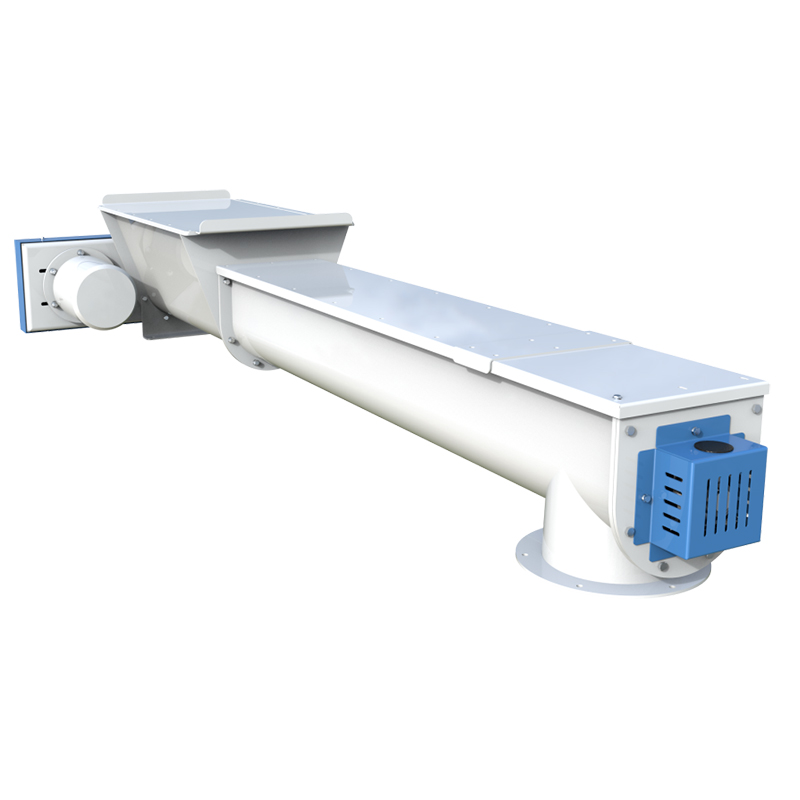What Are Conveyors?
Conveyors are mechanical handling devices designed to transport materials, goods, or products from one location to another. They are commonly used in various industries such as manufacturing, logistics, mining, and food processing. Conveyors help streamline operations by automating material movement, reducing manual labor, and increasing efficiency. These systems come in different types, including belt, roller, chain, and overhead conveyors, each suited for specific industrial applications.
Conveyors and conveying systems are essential for modern industries, revolutionizing material handling by automating the movement of goods. They improve efficiency, reduce manual labor, and optimize productivity in various sectors, including manufacturing, warehousing, and mining. In this guide, we will explore what conveyors and conveying systems are, how they work, and why they are vital for Australian industries.
What Is a Conveyor System?

A conveyor system is a mechanical setup designed to transport goods, materials, or products from one location to another. It typically consists of a continuous belt, rollers, pulleys, or chains that enable seamless movement along a fixed path. These systems are widely used in industries like mining, agriculture, logistics, and food processing, ensuring safe and efficient transportation of materials.
Types of Conveyors and Conveying Systems
Different types of conveyor systems cater to diverse industrial needs. Below are the most common types:
|
Conveyor Type |
Best for |
Speed |
|
Belt Conveyors |
Manufacturing, Warehousing |
Medium |
|
Roller Conveyors |
Distribution Centers, Airports |
High |
|
Chain Conveyors |
Heavy Loads, Mining |
Low |
|
Pneumatic Conveyors |
Food, Chemicals |
High |
|
Overhead Conveyors |
Automotive, Retail |
Medium |
These variations ensure that businesses can select the right conveyor system based on their operational needs and material types.
How Do Conveyors Work?
Conveyor systems operate using a combination of key components:
- Conveyor Belt or Chain – The primary medium for movement.
- Motorized Pulleys or Rollers – Drive the conveyor forward.
- Sensors & Controls – Ensure automated operation, sorting, and speed regulation.
- Support Rollers & Frames – Provide structure and minimize resistance.
Step-by-Step Working Process:
- Loading – Materials or goods are placed on the conveyor.
- Movement – The conveyor belt, chain, or rollers move items toward the next stage.
- Sorting & Redirection – Sensors detect items and sort them if required.
- Unloading – Items are transferred to their final destination.
Modern conveying systems are customizable, making them ideal for industries requiring bulk handling, precision sorting, or automated packaging.
Benefits of Conveyors & Conveying Systems
Investing in a high-quality conveyor system can provide numerous advantages:
1. Increased Efficiency & Productivity
-
Reduces manual handling, allowing faster processing of goods.
-
Supports continuous material flow, minimizing production delays.
2. Improved Workplace Safety
-
Reduces physical strain on workers handling heavy items.
-
Minimizes accidents associated with manual lifting and carrying.
3. Cost Savings & Reduced Labor Costs
-
Automates time-consuming processes, reducing the need for manual labor.
-
Lowers long-term operational costs by increasing throughput.
4. Space Optimization
-
Compact conveyor designs maximize floor space.
-
Vertical and overhead systems free up work areas.
5. Real-Time Inventory Tracking
-
Advanced conveyor systems include RFID tracking and automation, improving supply chain visibility.
Conclusion: Why Invest in a Conveyor System?
A well-designed conveyor system is a game-changer for industries requiring seamless material handling. With benefits like improved efficiency, enhanced safety, and reduced costs, conveyors continue to play a vital role in Australian manufacturing, logistics, and mining.
If you’re looking for high-performance conveyors and conveying systems tailored for your business, explore Prime MFG’s solutions to find the perfect fit.
FAQs: Conveyors & Conveying Systems
Conveyors are individual components (like belt or roller conveyors), while conveying systems are integrated solutions combining multiple conveyors, automation, and control mechanisms.
- Manufacturing: Belt or roller conveyors.
- Mining: Chain or heavy-duty belt conveyors.
- Food Processing: Pneumatic or belt conveyors.
With proper maintenance, a well-built conveyor system can last 10-20 years, depending on usage and environmental conditions.
Yes! Modern conveyor systems use energy-efficient motors and automation to optimize power consumption.
